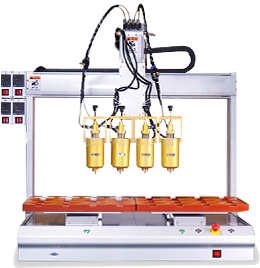-
CN
-
Service Hotline
+8618129931046 Mr. Liao




Performance and reliability are related.
What operating temperature and humidity ranges must a PCBA for a standalone air conditioner thermostat typically meet? (e.g., -20°C to 60°C, RH 10% to 90%). How can environmental tolerance be improved through PCB materials or coatings?
After long-term operation, how does the aging of PCBA components (such as capacitors and relays) affect temperature control accuracy? How can lifespan be optimized during design?
What standards (e.g., GB/T 17626, EN 55032) must a PCBA for a standalone air conditioner thermostat meet for electromagnetic compatibility (EMC) testing? How can electromagnetic interference be avoided in circuit design?
What are the typical control ranges for static and operating power consumption in a thermostat PCBA? How can low-power design extend the life of the backup battery (if any)?
What are common PCBA heat dissipation design solutions for high-temperature environments (such as a thermostat next to an air conditioner outdoor unit)?
What are the core hardware design elements for a standalone air conditioner thermostat PCBA? (e.g., core component selection, circuit topology, power supply design, etc.)
What parameters should be considered when selecting the MCU for a thermostat PCBA? (e.g., computing speed, power consumption, interface compatibility, and temperature control algorithm compatibility)
What anti-interference measures should be considered in the circuit design of temperature sensors (e.g., NTC, PT100) in a standalone air conditioner thermostat PCBA?
What are the key differences in software logic design for PCBAs that support multi-mode temperature control (cooling/heating/air supply)?
If "remote control via mobile app" is required, which communication modules (e.g., WiFi, Bluetooth, ZigBee) should be integrated into the standalone air conditioner thermostat PCBA? What compatibility issues should be avoided in the circuit design?
How should the power module design of a standalone air conditioner thermostat PCBA adapt to voltage specifications in different regions (e.g., 110V/220V)? Is overvoltage/overcurrent protection circuitry required?